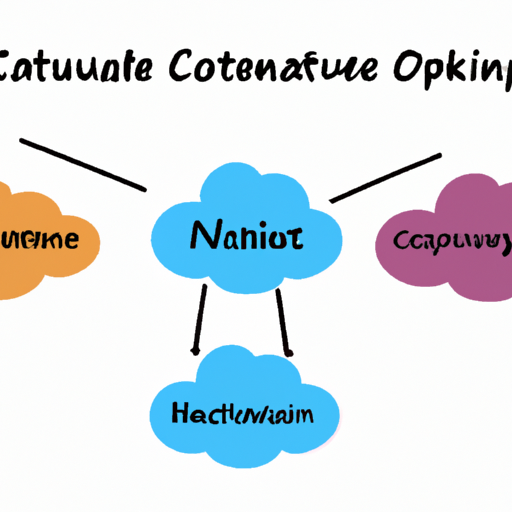In today’s fast-paced digital landscape, businesses are rapidly adopting cloud-native applications to enhance their agility, scalability, and overall performance. But what exactly are cloud-native applications, and how can they benefit your organization? In this post, we will dive deep into the world of cloud-native computing, discussing its architecture, advantages, and best practices.
What Are Cloud-Native Applications?
Cloud-native applications are designed specifically to run in a cloud computing environment. Unlike traditional applications that are hosted on physical servers, cloud-native applications leverage cloud resources to improve deployment efficiency and resource utilization. This development model embraces several principles that enhance application management and scalability.
Key Components of Cloud-Native Architecture
- Microservices: Instead of building monolithic applications, cloud-native architecture is organized around microservices – small, independent services that focus on a specific business function.
- Containerization: A key aspect of cloud-native applications is containerization, which allows developers to package an application and its dependencies together in a lightweight container that can run on any cloud infrastructure.
- Automated Resource Management: Using tools like Kubernetes, developers can automate the deployment, scaling, and management of containerized applications, ensuring high availability and performance.
- DevOps Culture: Cloud-native applications thrive in a DevOps culture that encourages collaboration between development and operations teams ensuring faster delivery and better quality.
The Advantages of Cloud-Native Applications
Several benefits make adopting cloud-native architecture highly attractive for enterprises:
- Scalability: Cloud-native applications can scale effortlessly to handle increased load without affecting performance.
- Resilience: By leveraging microservices and across various cloud regions, these applications can maintain uptime even in the face of hardware failure.
- Faster Time-to-Market: The agile nature of cloud-native development allows businesses to release new features and updates more frequently.
- Cost Efficiency: Organizations can optimize resource usage and reduce operational costs by only paying for the resources they utilize.
Best Practices for Building Cloud-Native Applications
To fully leverage the benefits of cloud-native architecture, consider implementing the following best practices:
- Adopt a Microservices Architecture: Decompose your applications into smaller services to enhance modularity and ease of maintenance.
- Utilize Containers: Use technologies like Docker for containerization, enabling consistent environments from development to production.
- Embrace Continuous Integration and Continuous Deployment (CI/CD): Automate testing and deployment processes to enhance agility and reduce human errors.
- Implement Robust Monitoring: Monitor applications in real-time to quickly identify and resolve issues before they impact users.
Conclusion
Cloud-native applications are transforming how organizations build and deploy software, pushing the boundaries of what’s possible in a cloud environment. By understanding the core principles and advantages of this architecture, businesses can effectively leverage cloud-native technologies to drive innovation and efficiency. Start adopting cloud-native practices today, and watch your organization thrive in the digital era.
For more insights and updates on cloud-native technologies, follow our blog!




